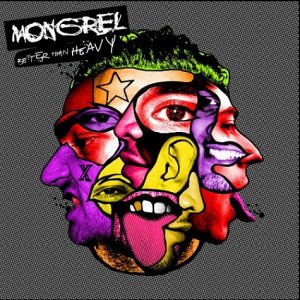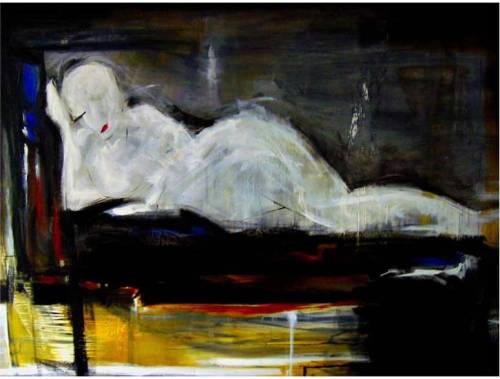
According to Billboard Music, the band Mongrel is “genre smashing”. The supergroup promotes peace and political consciousness in their lyrics.
Comprised of members from several bands, including Reverend & the Makers, Poisonous Poets, Arctic Monkeys, and Babyshambles, Mongrel is set to put some Venezuelan flavor in their tunes.
This month they’ll travel to Venezuela to launch a musical program and give a free show.
Mongrel is dedicated to sharing music and will give away thousands of CDs when they arrive in Caracas later this month. 400,000 copies of their last album “Better than Heavy” were distributed for free throughout Britain.
They’ll also make an appearance on the President Chavez’s weekly television show Aló Presidente. Plans are in the works to do a new album based on Jamaican reggae and Venezuela folk music, hopefully featuring Damian Marley.
Watch this video of their song “The Menace”.






 Did you know? Of all countries in the world, Venezuela consumes the second-largest amount of pasta per capita each year. That means that more Venezuelans have more pasta on their plates more times each year than almost anywhere else. Anywhere besides… you guessed it, Italy.
Did you know? Of all countries in the world, Venezuela consumes the second-largest amount of pasta per capita each year. That means that more Venezuelans have more pasta on their plates more times each year than almost anywhere else. Anywhere besides… you guessed it, Italy.
